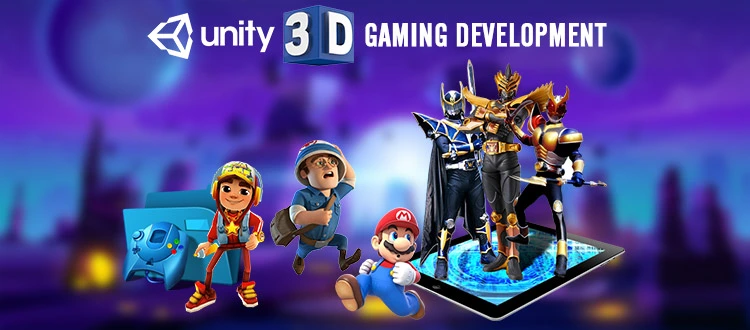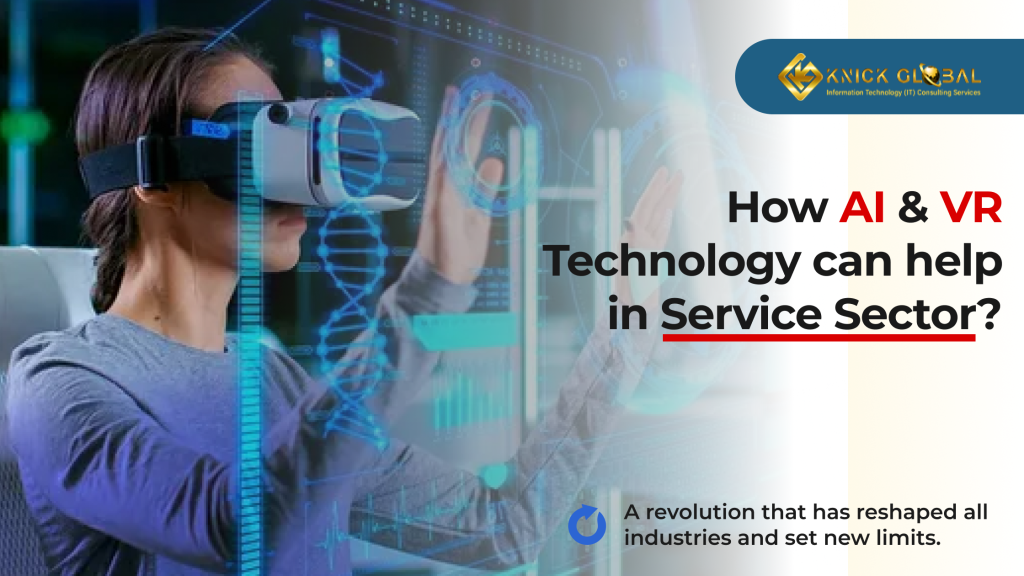How to Develop a clone app like 888Poker?
Developing a clone app similar to 888Poker is an ambitious but rewarding venture. Being one of the leading online poker platforms, 888Poker has raised the bar on user experience, game variety, and reliability. To replicate the success of this application, one must plan and develop it carefully while following all regulations in marketing it. This blog outlines how to build a poker app through discussions of Android and iOS game development, gambling game compliance, and more. 1. Poker App Planning Know Your Market You will research the online poker market to find your target audience, competitors, and trends. Identify what makes 888Poker successful: its game modes, user interface, and promotional strategies. Core Features Your poker app should include the following: Game Variety: Texas Hold’em, Omaha, and tournaments should be included. Real-Time Multiplayer: Allows smooth gameplay among users across the globe. Secure Payment Options: Enable easy deposits and withdrawals. Engaging User Interface (UI): make it simple to navigate while making it pretty. Cross-Platform Compatibility: enable play on the web, iOS, and Android. Compliance and Licensing Adhere to gambling Game regulations in your target markets. Obtain relevant licenses, such as those issued by the UK Gambling Commission, Malta Gaming Authority, or similar. 2. Best Technologies Live Multiplayer Gaming Implementations with PUN, Firebase Realtime Database, or Socket.IO are great examples of real-time multiplayer gaming technologies. These libraries ensure that all the actions done by the player are synchronized with others, maintain latency, and hence give a lag-free experience. Game Engine Cross-platform development is done with Unity and Unreal Engine, which offer all the tools required for deep 3D graphics and animation, making sure they have good performance on Android game development, iOS, and web platforms. Server-Side Coding For server-side scripting, use Node.js or Python. Implement databases like MongoDB or PostgreSQL to store user data. Scale up through cloud platforms, such as AWS or Google Cloud. Security Protect user information through end-end encryption and SSL certificates. Develop anti-fraud measures against cheating and fraud to play fair. 3. How to Develop Your Poker Application Prototyping and UI/UX Design Wireframe and mock up the layout of the app. The interface needs to be intuitive, targeting novice as well as experienced players. Figma and Adobe XD are good tools to get this done. 2. Development Frontend Development: Cross-platform development: React Native or Flutter Backend Development: API for authentication, game rule, payment processing Game Logic: Poker rules with hand rankings and dealer requirements have to be incorporated appropriately with efficient algorithms. 3. Testing The application should be tested adequately to identify bugs and remove them completely. It can be tested through automated tools like Appium and TestFlight and also through manual testing. 4. Launch and Maintenance Publish the app in the Google Play Store and Apple App Store. Improve the app by incorporating new features and security patches as received through user feedback. 4. International Gambling Regulation Compliance Compliance is a necessity for a gambling application. The important steps are as follows: License: Obtain the license to conduct gambling in every targeted region. Age Verification: Have strong mechanisms for age verification to prevent underage gambling. Fair Play: Use RNGs certified by recognized agencies. Data Protection: Follow GDPR, CCPA, and other data protection laws. 5. Creating an Engaging User Interface An engaging UI can differentiate your app from others. Here are some tips: Visual Appeal: Use high-quality graphics and animations to create a realistic poker environment. Easy Navigation: The application should ensure easy navigation for the users to games, tournaments, and account settings. Customizations: Allow the user to personalize avatars, tables, and game settings. Feedback: Integrate haptic feedback and sound effects for the ultimate gaming experience. 6. Marketing Strategies Engagement of Gamers Social Media Campaigns: Promote your app on Facebook, Instagram, and Twitter. Influencer Partnerships: Partner with poker influencers and streamers to reach a large audience. Referral Programs: Reward the current users to invite friends by providing them with incentives. Retention of Gamers Loyalty Programs: Reward the frequent players with bonuses and special perks. Updating Routine: Add and release new game modes and exciting features to be able to get new freshness going throughout the app. Push Notifications Updating users about tours, offers, and updates. 7. Secure Payments Introducing payments that are protected will help raise trust with users. Payment Gateways Use tried ones such as PayPal, Stripe, or Razor Pay. Cryptocurrencies In this case Bitcoins and Ethereum work Fraud prevention The best way this application would be would be to add multi-factor authentification besides the transaction alert. Follow these steps and strategies to help you develop a robust and engaging poker app that competes with industry leaders like 888Poker. Frequently Asked Questions Q. Which technologies you would recommend to implement real-time multiplayer gaming for poker apps? The above-mentioned technologies, are Firebase Realtime Database, and Socket. IO-are the best due to low latency and scalability to support real-time multiplayer games. Q. How would I create a cross-platform poker application for web, iOS, and Android? Use cross-platform development game engines such as Unity or Unreal Engine, and combine these with frameworks such as React Native or Flutter for a seamless integration across devices. Q. What should be done to comply with international gambling regulations? Obtain the necessary licenses, implement age verification, ensure RNG certification, and comply with data protection laws like GDPR and CCPA. Q. How can an engaging and intuitive user interface for a poker app be created? Visual appeal, easy navigation, and customization options are key. Use feedback mechanisms such as haptic responses and sound effects to enhance the user experience. Q. What marketing strategies can help attract and retain players in a competitive poker market? Social media campaigns, influencer partnerships, referral programs, and loyalty rewards can attract and retain players. Q. How do I implement secure payment methods for deposits and withdrawals in the app? Use trusted payment gateways like PayPal, Stripe, or Razorpay. Provide multi-factor authentication and track transactions for fraud prevention.










